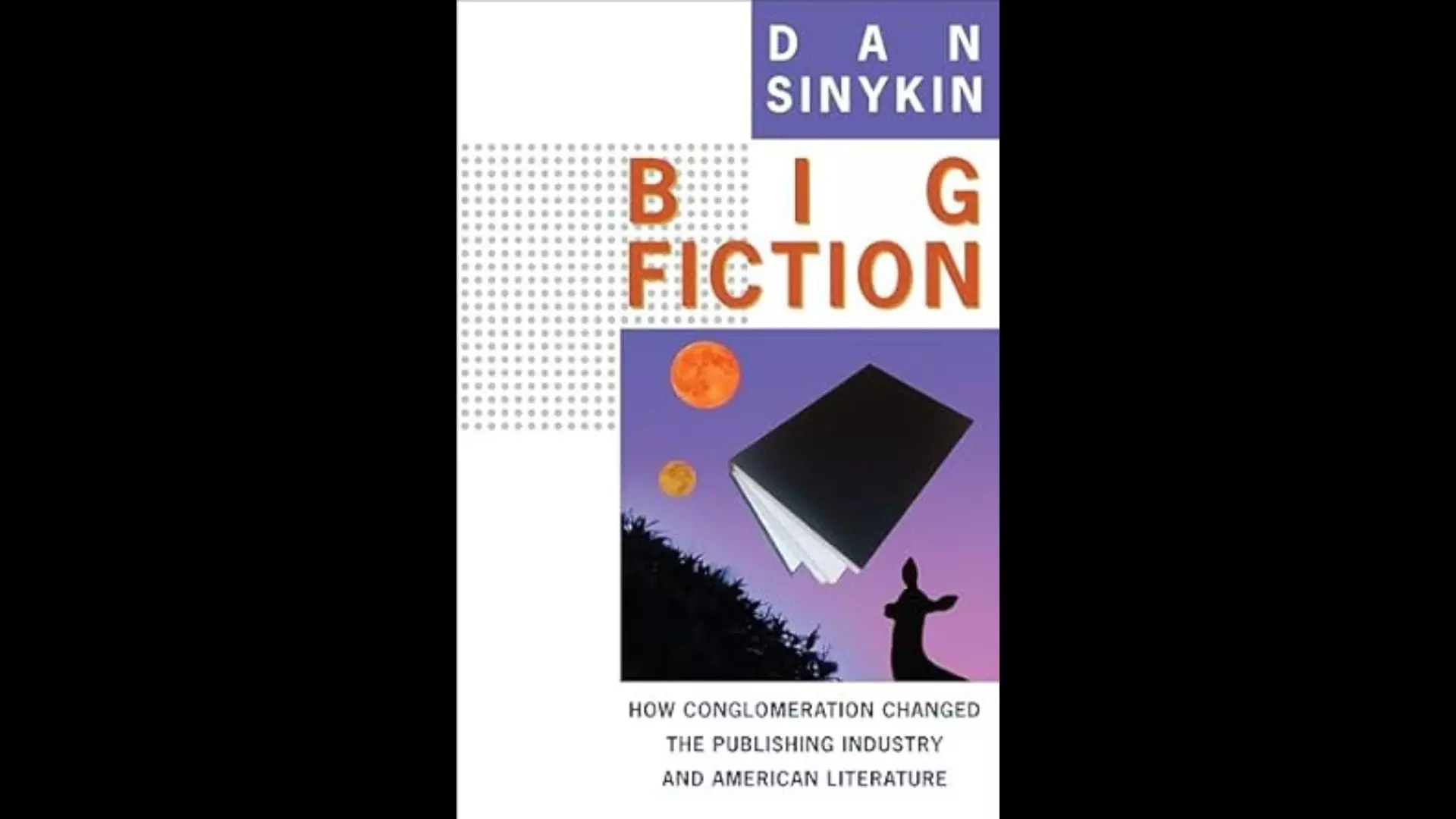Book Review | Why good books are falling through the cracks

In 1987, almost 40 years ago, the influential publishing trade weekly, The Bookseller, released a supplement ‘Who Owns Whom’ recording a decade or more of acquisitions, mergers and leveraged buy-outs in the publishing industry. This led to smaller imprints becoming a part of a much larger entity, a conglomerate with much bigger resources at its disposal. An industry hitherto more driven by tradition than change had now to contend with changed circumstances that it grappled to understand. Publishing would never be the same again but there was a flip side as well recorded by both The Bookseller and The Publisher’s Weekly on the other side of the Pond in the US. This was the major loss of experienced publishing talent of people who found themselves on the wrong end of the negotiating table and were let go. This was termed ‘bloodletting’ by both journals.
Dan Sinykin begins his Big Fiction, a masterful survey of the impact of the conglomerates with a major human casualty. This was the firing of Andre Schiffrin, the talented editorial director of Pantheon. The imprint was co-founded by his father and Schifrin had worked there for 28 years. Pantheon had an enviable list of authors like John Berger, Julio Cortazar, Margeurite Duras, Gunter Grass, Michel Foucault, Edward Said and E.P. Thompson. But Pantheon was sold to Random House and its new president sacked Schiffrin. The reason given was that the author’s reputation no longer mattered, what mattered was the ‘bottom line’.
Sinykin who teaches English Literature at Emory University in Atlanta, records the profound ways in which the conglomerates changed the face and nature of publishing. In the process, American literature itself was transformed and the conglomerates now determined what you read. Previously, Schiffrin, along with Jason Epstein of Random House and Robert Gottlieb who headed Knopf before Sonny Mehta, were part of an industry who thought their work was about the cultural life of a nation and they felt that what people read would nourish and enrich them culturally. Previously, the editor determined the list. Now, the conglomerates had marketing managers, directors of social media, digital marketing managers, business intelligence analysts and directors of mass merchandising and media planning.
Conglomerates took advantage of the mass paperback market created during the second world war to ‘manufacture’ bestsellers. Sinykin discusses authors like Judith Krantz, Danielle Steele, Stephen King and Toni Morrison. Morrison had previously worked with Random House and pleaded for diversity both in recruitment and in publishing. She hoped her books would inspire a greater interest in Afro-Asian authors. But the conglomerates would only do books that brought in revenue. Sinykin records that it was left to the non-profits and individual imprints like Graywolf and the employee-owned W.W. Norton to show the way.
Sinykin concludes his fascinating book by looking at e-books, audiobooks, and at self-publishing. The conglomerates have incorporated these developments into their ambit through acquisitions. If a potential money-spinner is self-published, they acquire that too. “It is still the conglomerate era. It is more the conglomerate era than ever.”
Big Fiction: How Conglomerates changed the Publishing Industry and American Literature
By Dan Sinykin
Hachette India
pp. 503; Rs 799

